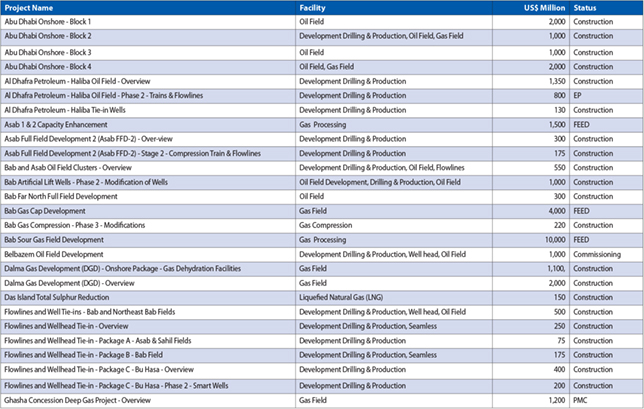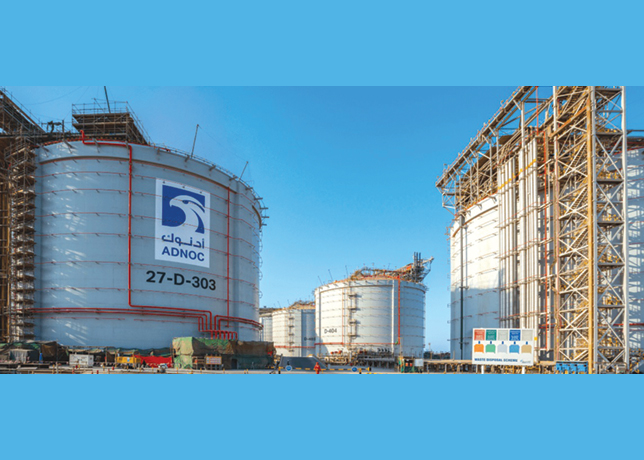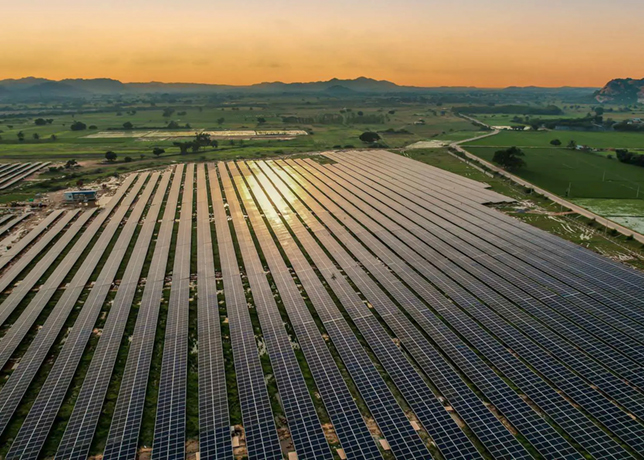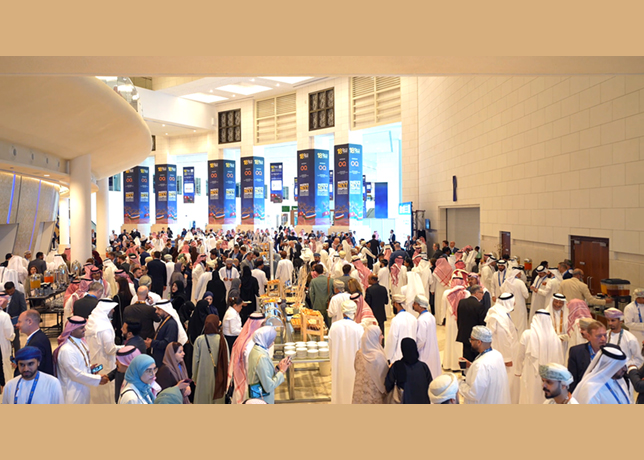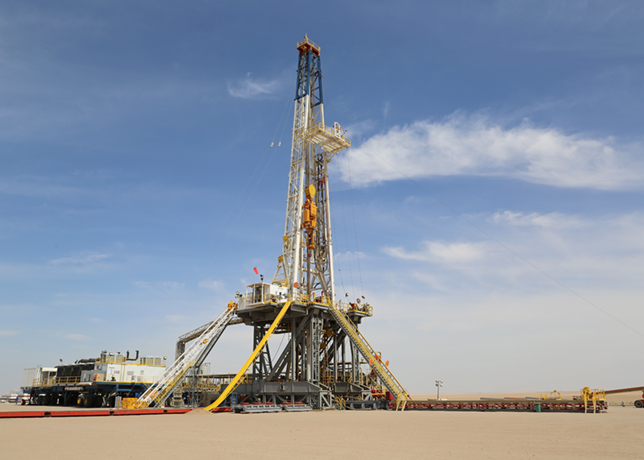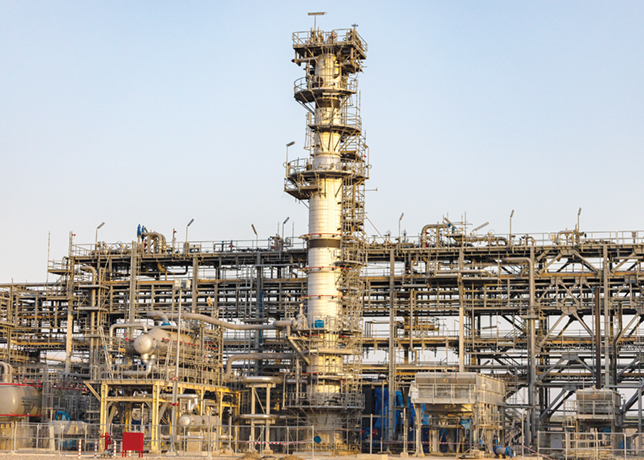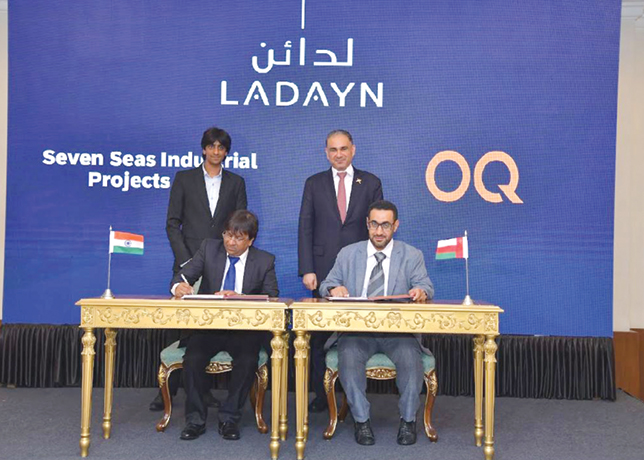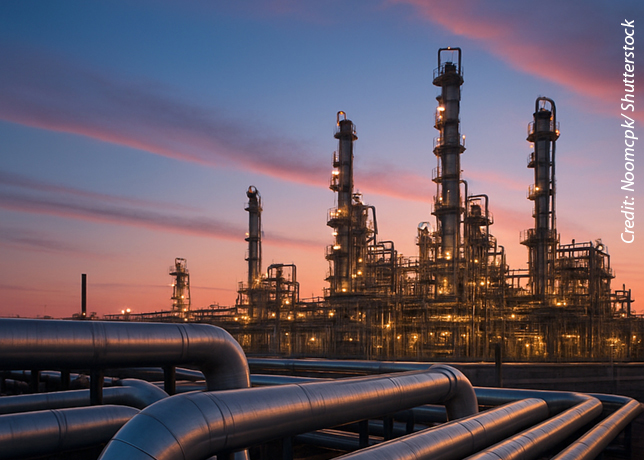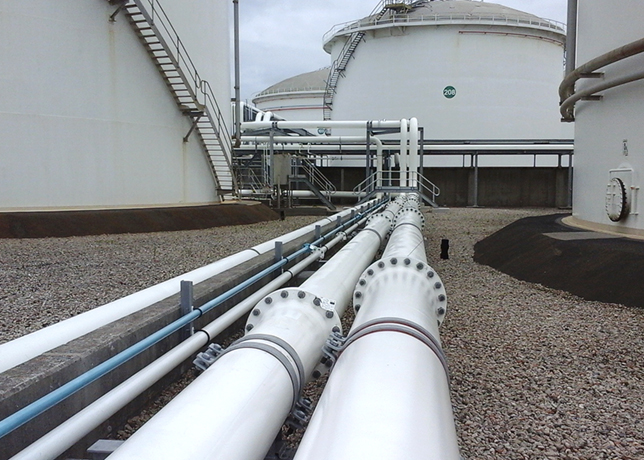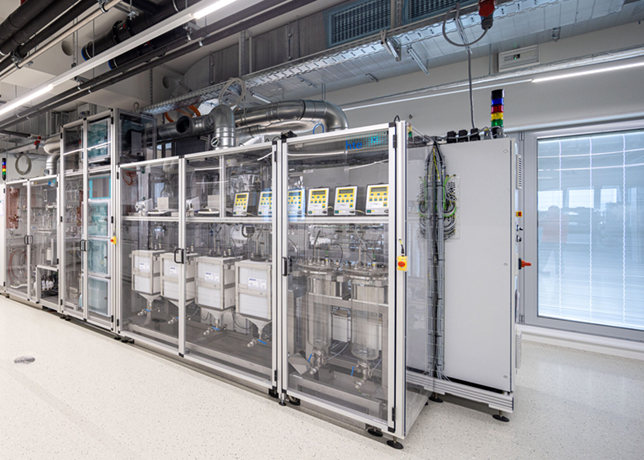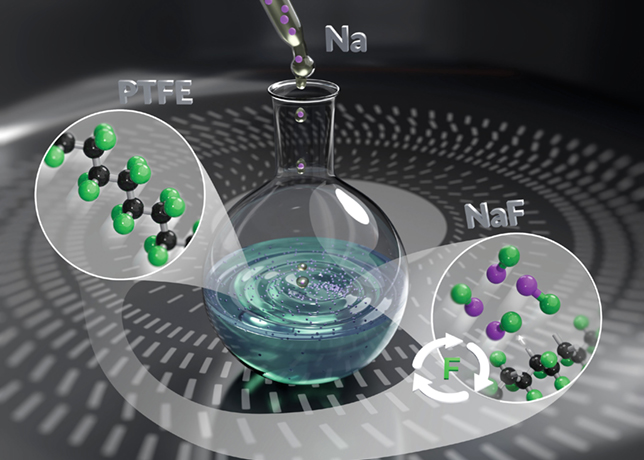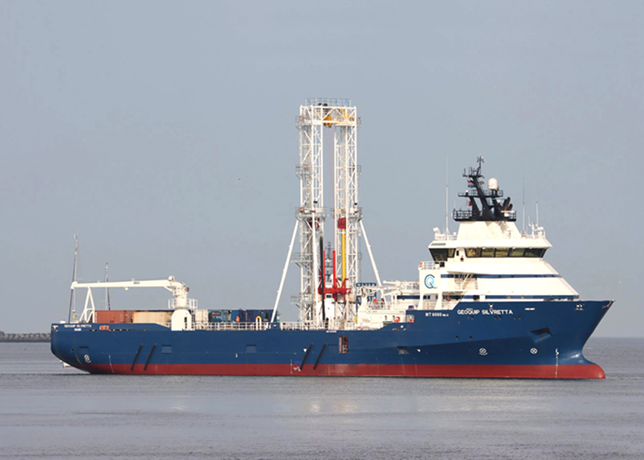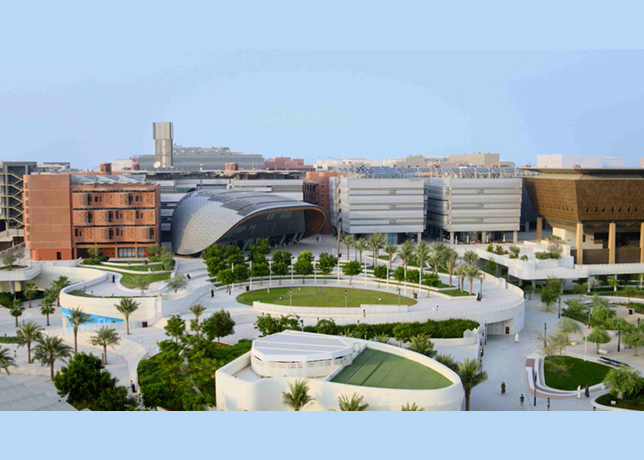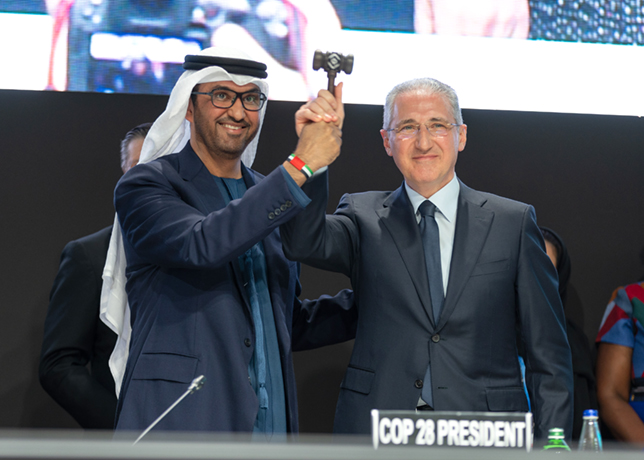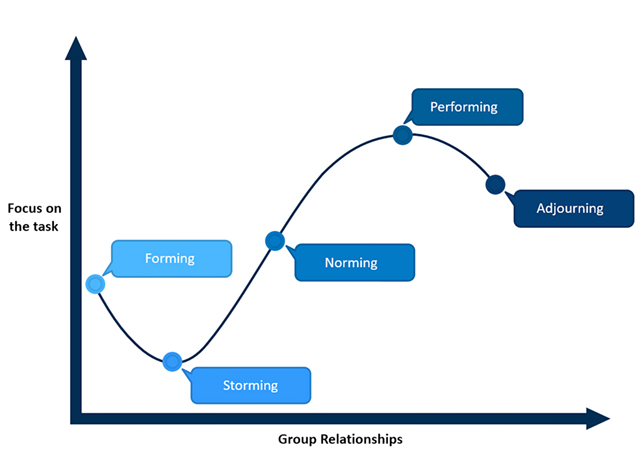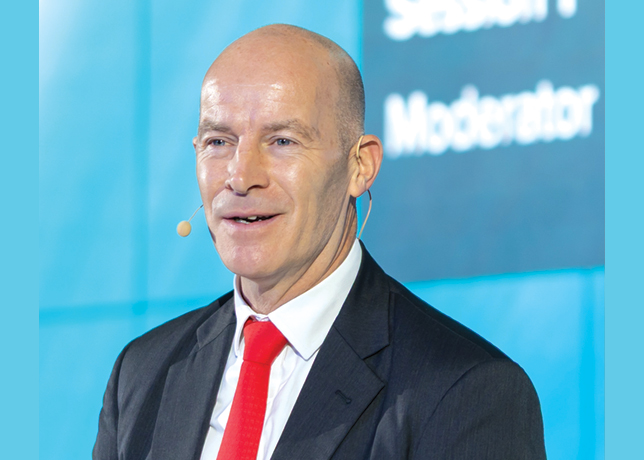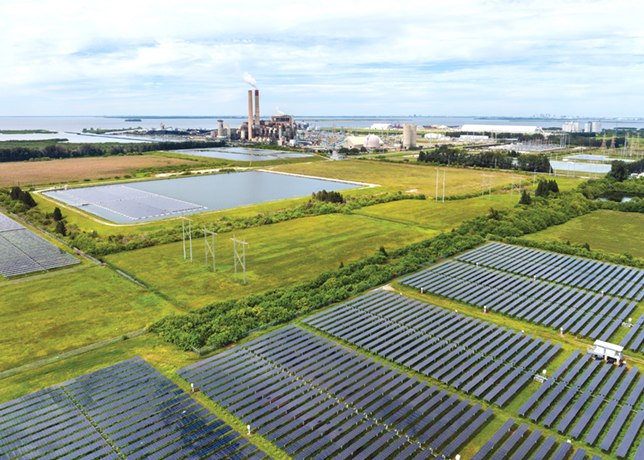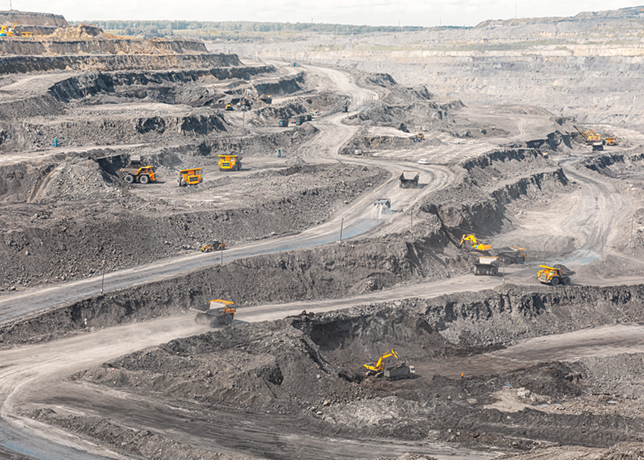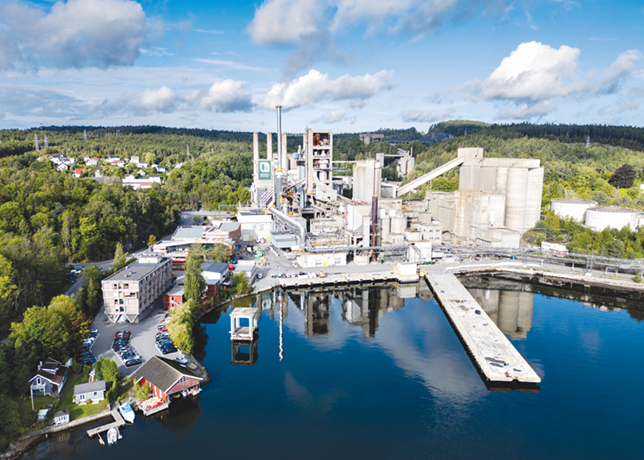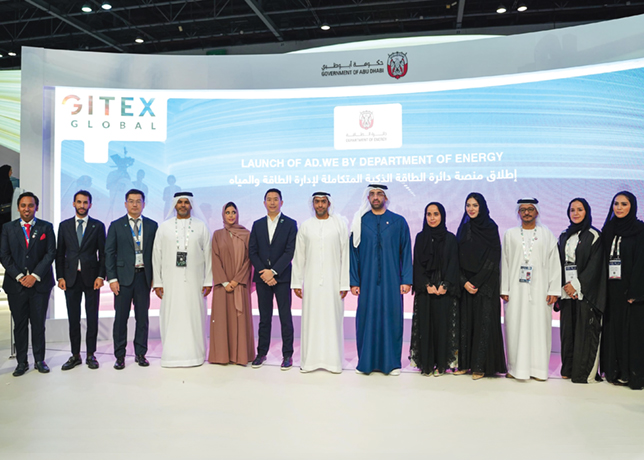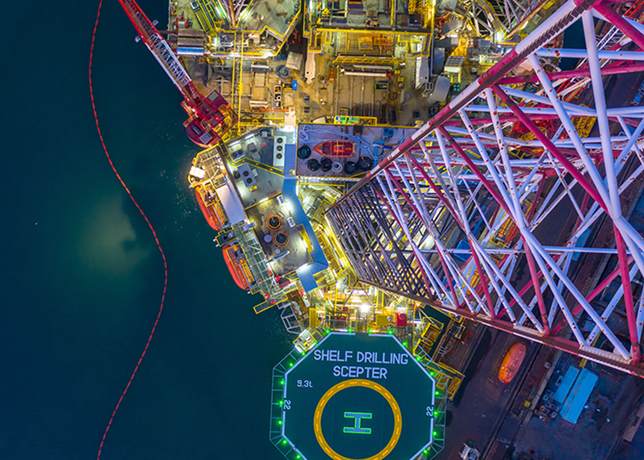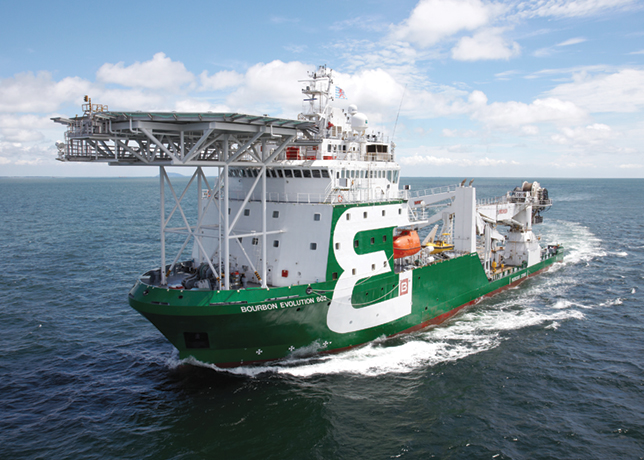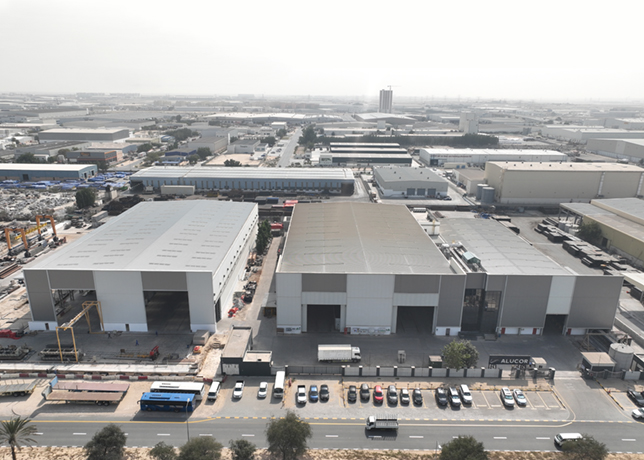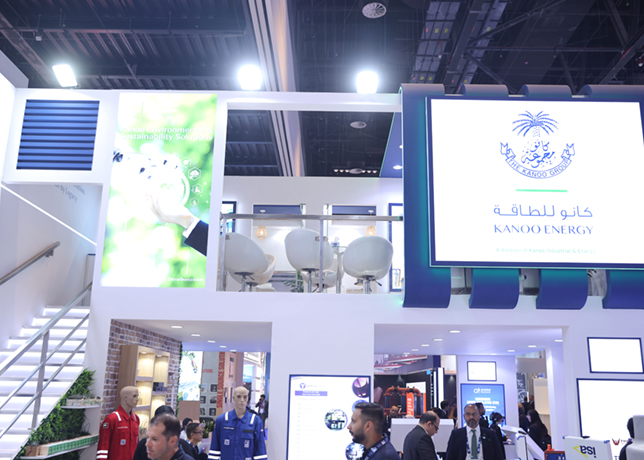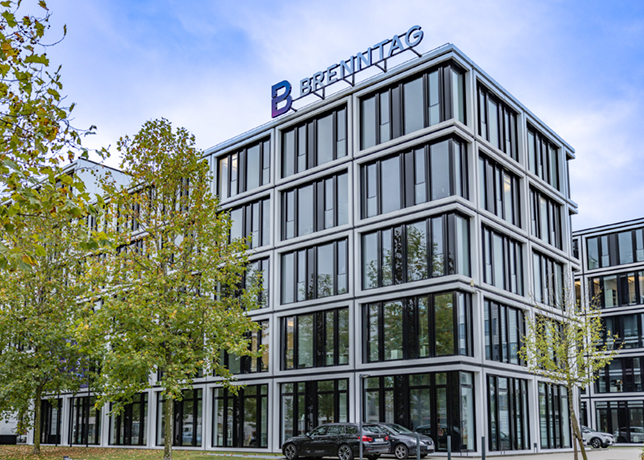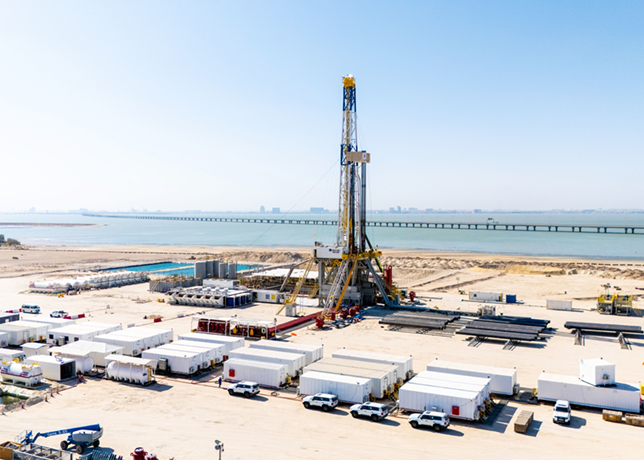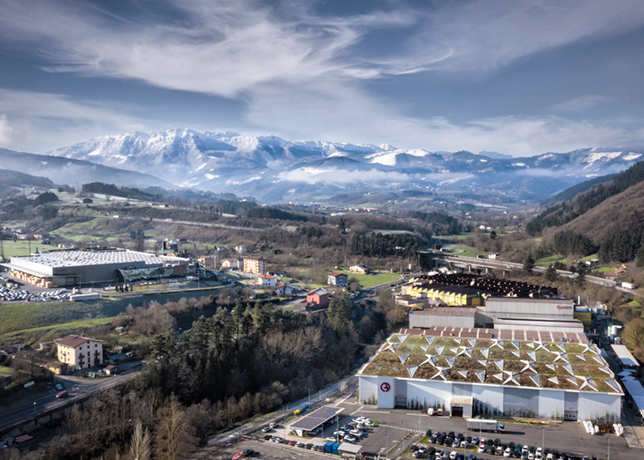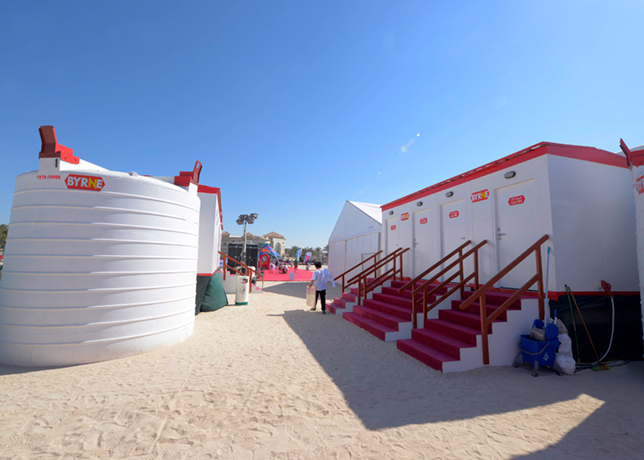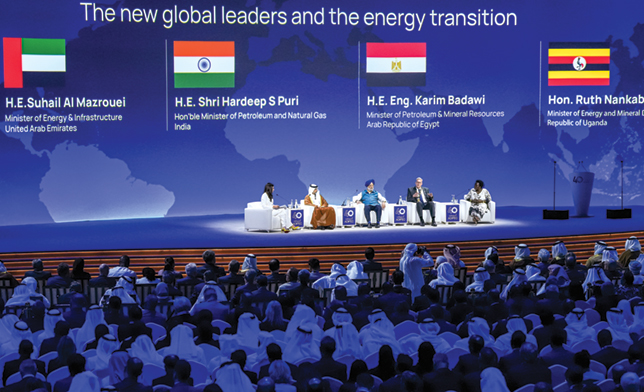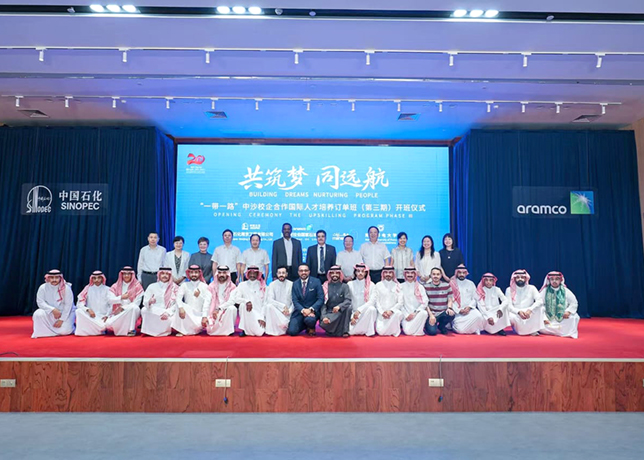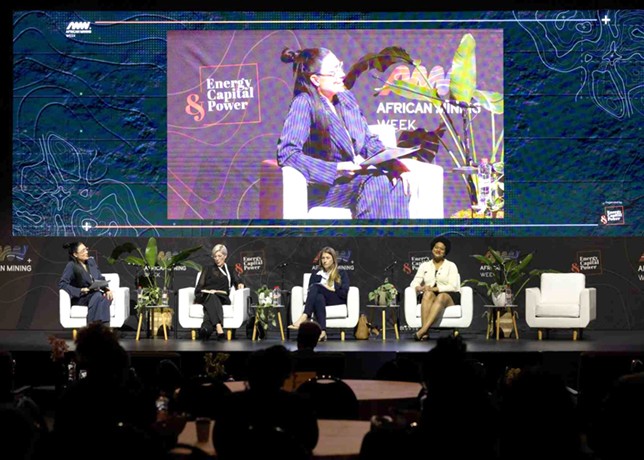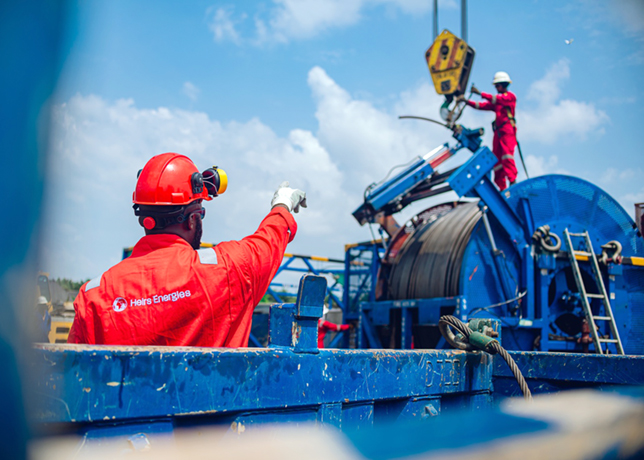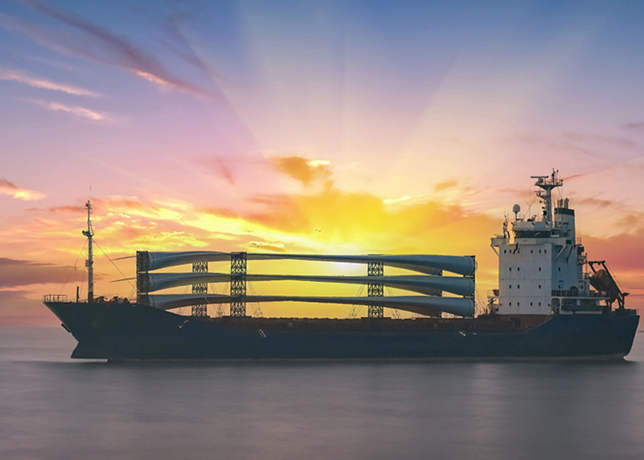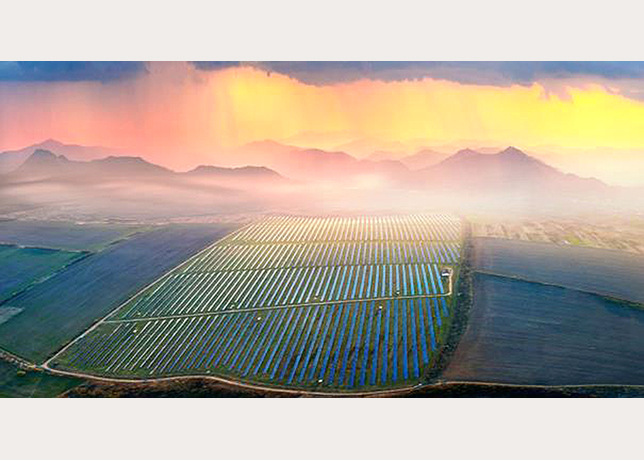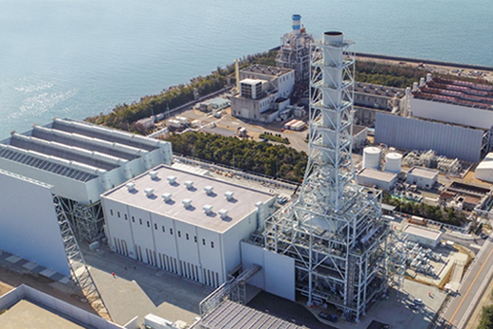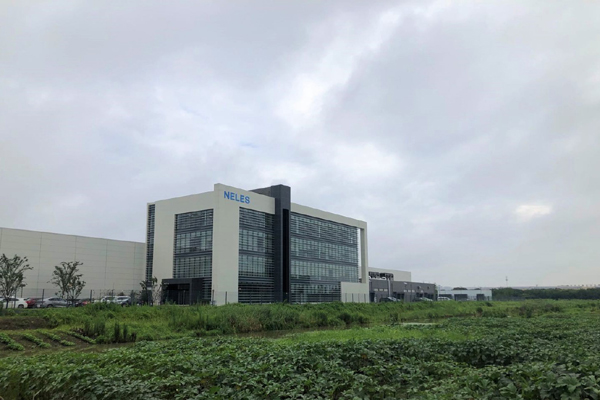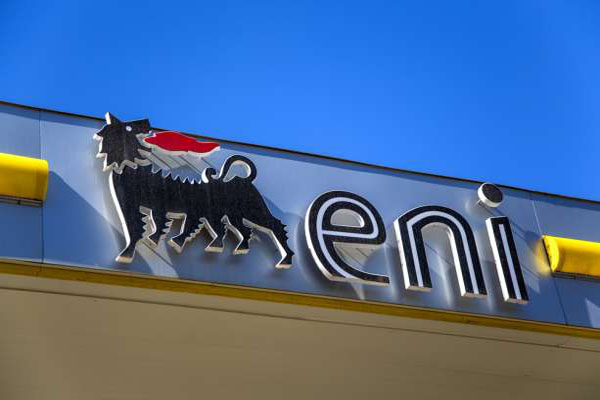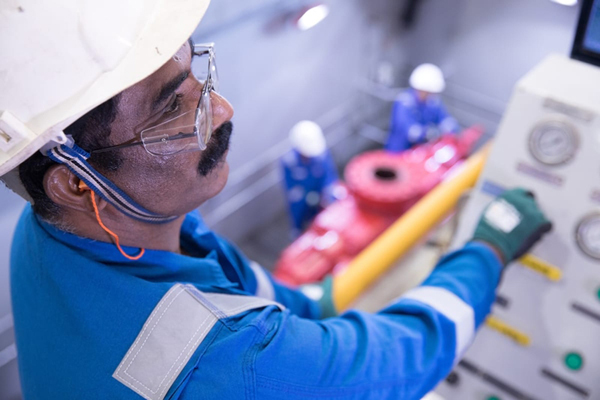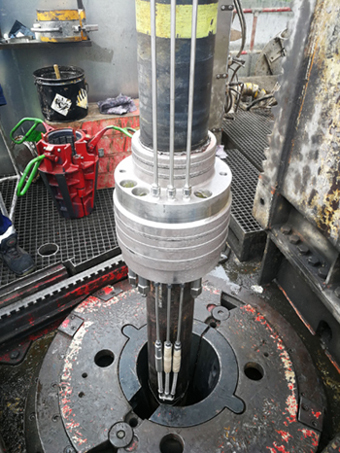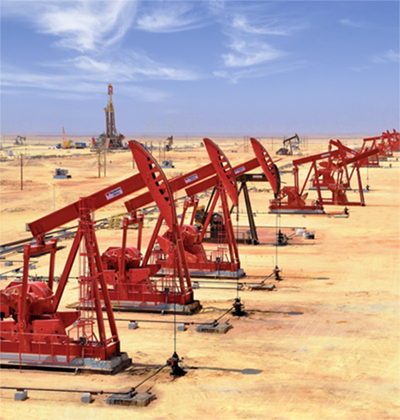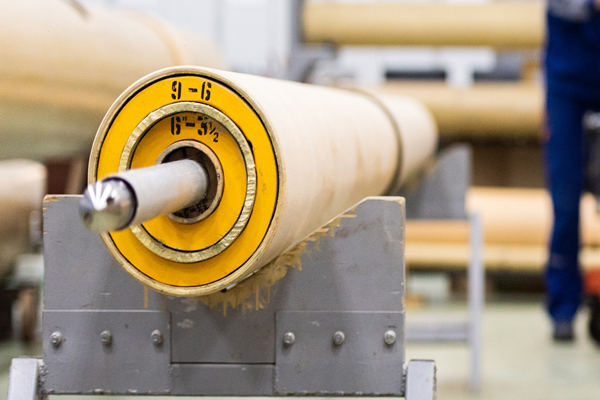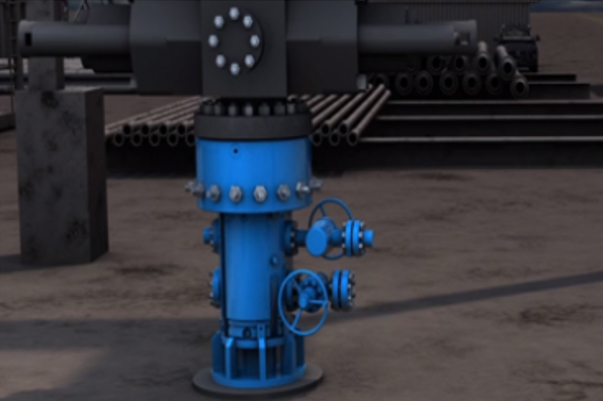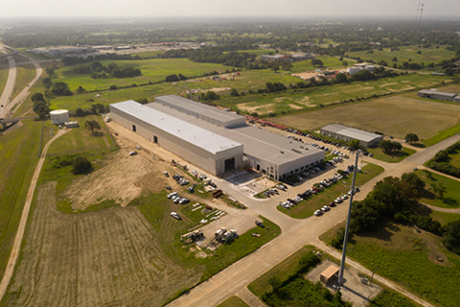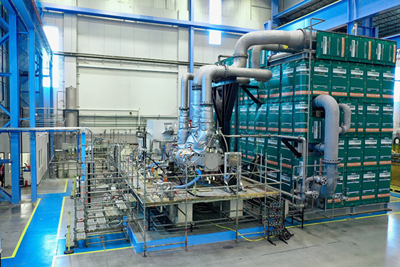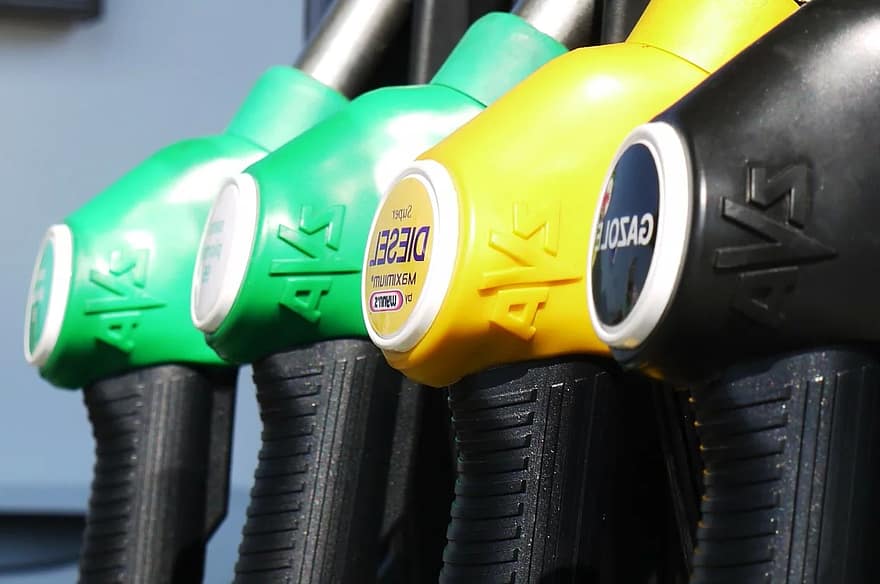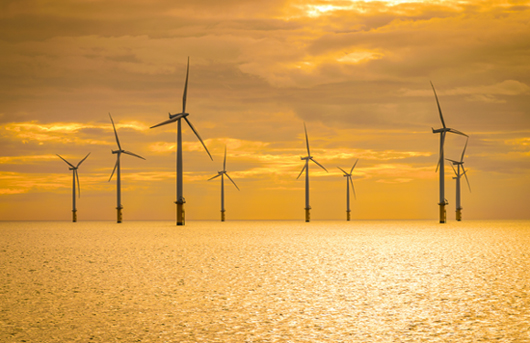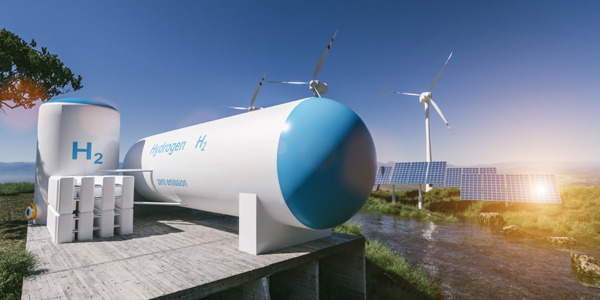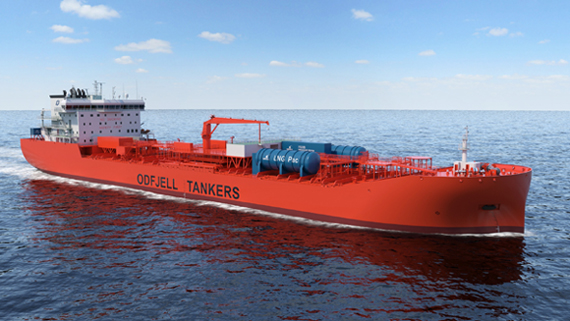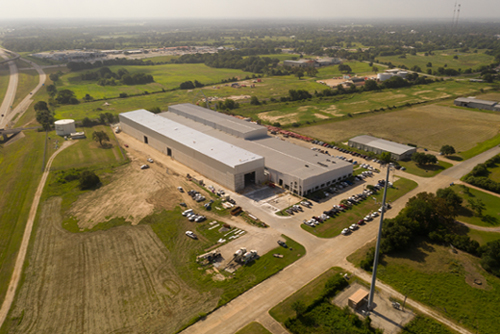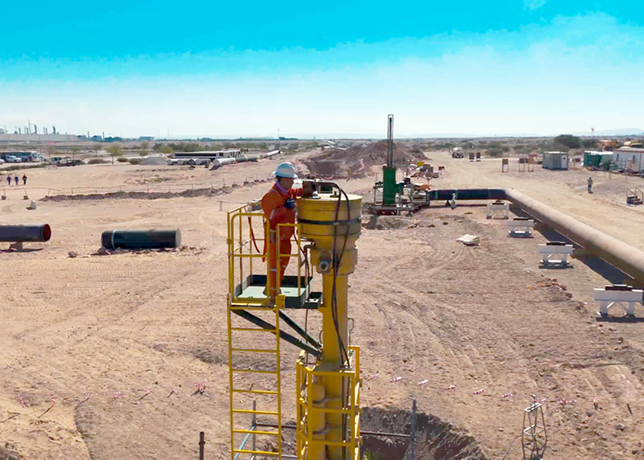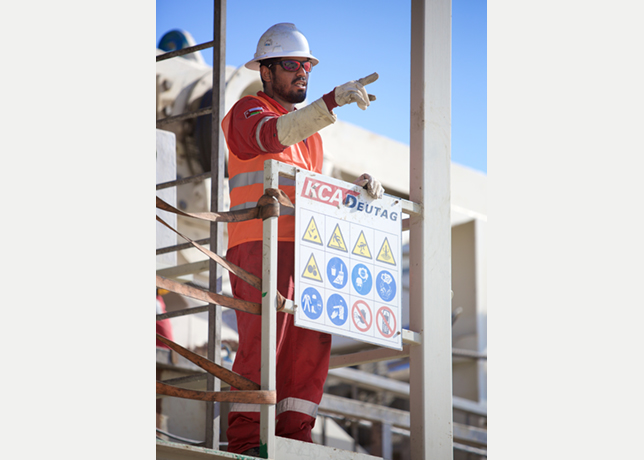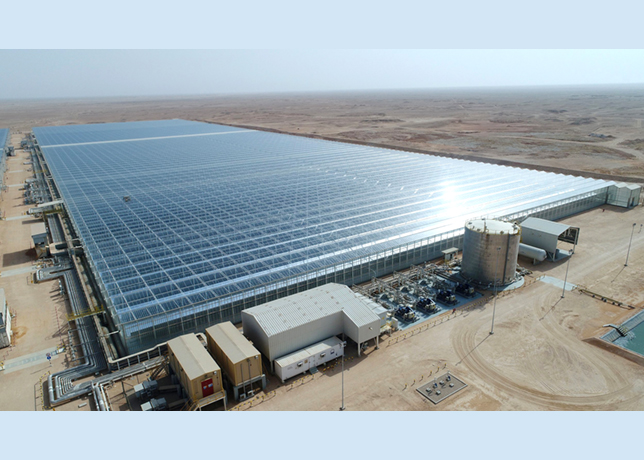
 The groundbreaking at Marsa LNG
The groundbreaking at Marsa LNG
In the port of Sohar, northern Oman, the Marsa LNG project, a joint venture between TotalEnergies and OQ Exploration and Production (OQEP), is reshaping the global energy landscape.
Launched with a groundbreaking ceremony in May 2025, this ambitious initiative is poised to become the Middle East’s first liquefied natural gas (LNG) bunkering hub, supporting the maritime industry’s shift towards cleaner fuels.
With a focus on ultra-low carbon emissions and innovative infrastructure, Marsa LNG is not only a regional milestone but also a global benchmark for sustainable LNG production, aligning with Oman’s Vision 2040 and the world’s push for net-zero transitions.
The Marsa LNG plant, with a capacity of 1 million tonnes per year, is designed to be one of the world’s lowest carbon intensity LNG facilities.
Fully electrified, it is powered by a 300-megawatt-peak photovoltaic solar farm, reducing its Scope 1 and 2 emissions to less than 3 kg CO2e per barrel of oil equivalent – 90 per cent lower than the global LNG plant average of 35 kg CO2e/boe.
This remarkable efficiency stems from its integrated approach, combining natural gas production from Oman’s Block 10 with a dedicated solar plant.
Set to commence production in early 2028, the facility will primarily supply LNG as a marine fuel, catering to vessels such as container ships, tankers, and cruise liners transiting the GCC.
The strategic location at Sohar’s port, near the GCC’s entrance, enhances its role as a pivotal bunkering hub, eliminating the need for long-distance LNG transport and further cutting emissions.
A key component of the project is the LNG bunkering vessel Monte Shams, currently under construction and slated for operation in Sohar by 2028.
Named after Oman’s Jabal Shams, this vessel will deliver LNG directly to ships, enabling a seamless transition to a fuel that reduces greenhouse gas emissions by approximately 20 per cent compared to conventional fuel oil.
The low-carbon LNG produced at Marsa LNG amplifies this benefit, offering ships a greener alternative without compromising affordability or availability.
TotalEnergies, a global leader in LNG with a 40 Mt/y portfolio, underscores the project’s significance.
"Marsa LNG demonstrates that LNG production can be very low carbon, contributing to making gas a long-term transition fuel," says Patrick Pouyanne, TotalEnergies’ Chairman and CEO, highlighting its potential to set new standards for LNG plants worldwide.
Oman’s government, through the Ministry of Energy and Minerals, has championed the project as a cornerstone of economic diversification and sustainability.
It aligns with Oman Vision 2040, fostering industrial innovation, job creation, and knowledge transfer while positioning Oman as a reliable hub for clean maritime fuel.
OQEP, Oman’s largest oil and gas exploration company, brings its expertise to the partnership, with Ahmed Al Azkawi, the CEO, emphasising the project’s role in driving innovation and reinforcing Oman’s global energy stature.
Recent updates indicate steady progress, with construction advancing on schedule and the solar farm’s development gaining momentum, ensuring the plant’s energy needs are met sustainably.
The maritime sector’s adoption of LNG is gaining traction globally, driven by its ability to cut emissions by up to 23 per cent and improve air quality, particularly in port cities.
TotalEnergies’ existing LNG bunkering vessels in Rotterdam, Marseille-Fos, and Singapore provide a blueprint for Marsa LNG’s ambitions.
As the shipping industry faces pressure to decarbonise, Marsa LNG’s low-carbon model, coupled with its strategic location, positions it to meet growing demand for sustainable marine fuels.
The project also supports Oman’s renewable energy goals, with TotalEnergies expanding its 600-MW renewable portfolio in the country.
Marsa LNG represents a bold step towards a cleaner energy future, blending cutting-edge technology with strategic vision.
By 2028, it is expected to redefine LNG’s role in maritime decarbonisation, cementing Oman’s place at the forefront of the global energy transition.



